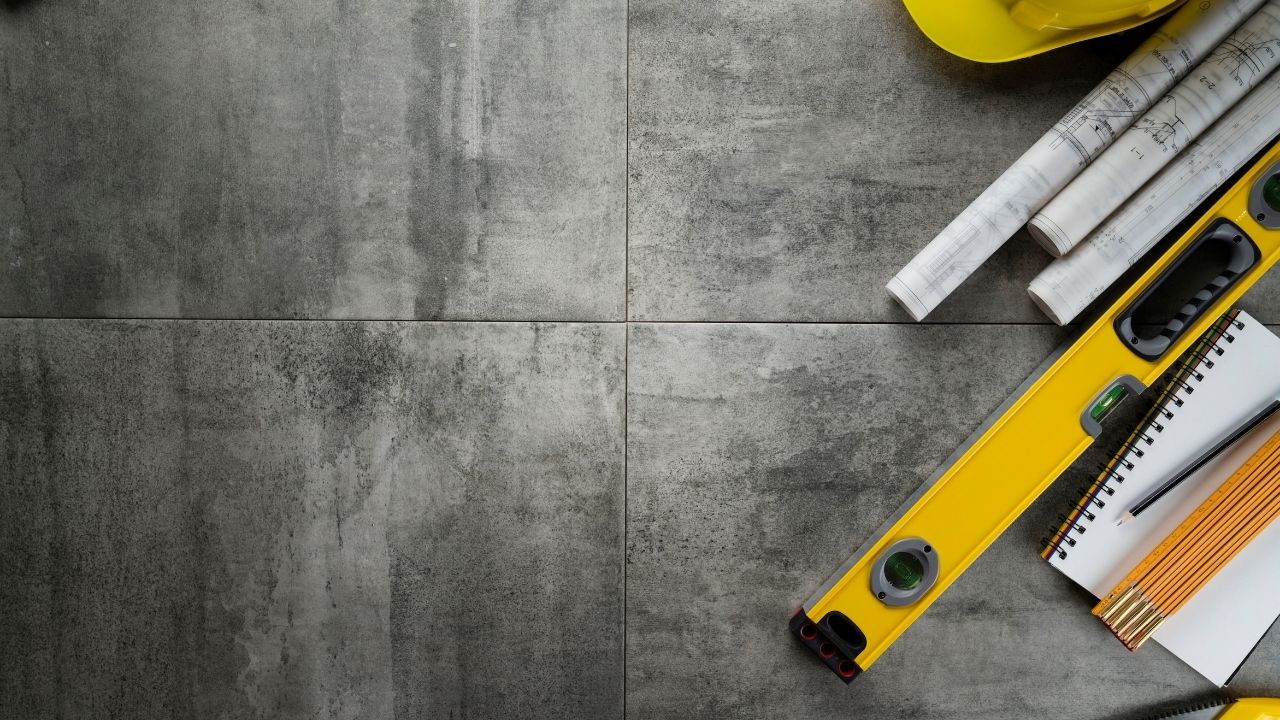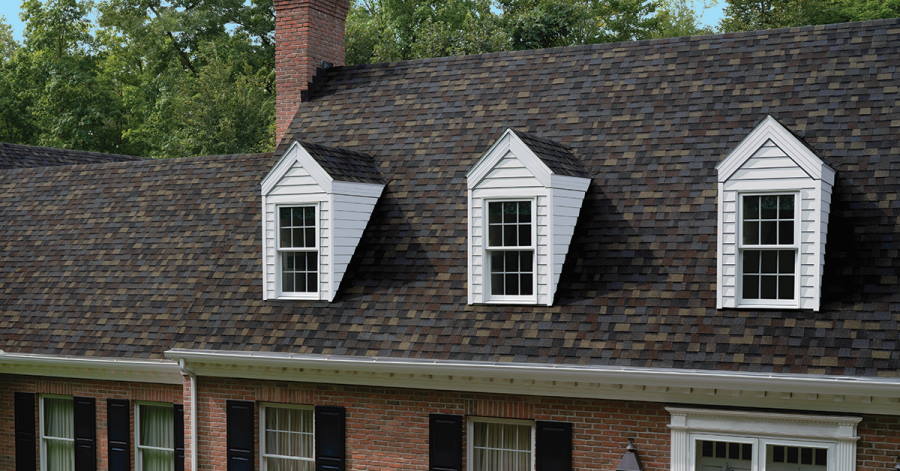
A rectangular, thin piece of wood or another material is called a "shingle". It is most commonly used for siding on a home or playground. Its Latin name, "scindere," means "to split." Shingles can be used for many purposes, such as house siding or playground floors. You can make a shingle from asphalt, cedar, sandstone or fiberglass.
The granules used to coat asphalt shingles have a variety of uses. They can reflect sunlight and decrease solar heat. Solar-reflective shingles, for example, are great in warmer climates because they reflect sunlight. A 3-tab shingle is lightweight, flat and approximately 12 inches high. They are suitable for low-slung properties because their exposed portion is notched.

Another common use for shingles is in roofing and construction. This tough material can be found at the beaches and edges of natural water bodies. This material is often used to make paver blocks and pathways. This is one of the most widely used types of crushed stone granite. It comes in a variety sizes, shapes, as well as colors. It's a versatile roofing material that is also very affordable. You should consult a builder if you're building a new house.
You may need a different kind of roof depending on where you live. Some types are required by local building codes. Others may be prohibited by HOA rules. Architectural roofing shingles can mimic other materials, including stone tiles and concrete. This material can be heavy, so reinforcement may be required for the interior. It is often more expensive to have a roof made out of this material than one made of asphaltshingles.
It is important to protect the shingle with an underlayment before it can be put in. Valley flashing is a metal piece, and must be corrosion-resistant and stain-free. Install the valley flashing first. The ice/water protector membrane must then be installed. The underlayment must be adhered with adhesive to the shingles. However, the most important part of a roofing job is the ice/water protector membrane.

The shingle protects the exterior of a house. It protects the interior from water and weather. It also protects the house and prevents it from getting rot. A shingle should be properly installed to last at least 20 years. A shingle can survive for as long as two decades. Its durability will depend on the materials it is made of, along with its maker and location. A shingle can endure winds of up to 80 MPH.
FAQ
Are you better off doing floors or walls?
The best way of starting any project is to determine what you want. It's important to think about how you are going to use the space, who will use it and why they need it. This will help you choose flooring or wallcoverings.
If you have decided that you want to create an open plan kitchen/living area then you may choose to install flooring first. If you have chosen to make this room private then you could opt for wall coverings instead.
How do you choose a good contractor to work with?
Ask family and friends for referrals when looking for a contractor. You can also look online for reviews. Look online for reviews to ensure the contractor you choose is experienced in the construction area you are interested. Request references and make sure to verify them.
Is it better for a contractor to hire or a subcontractor to do the job?
Hiring a general contract is typically more costly than hiring subcontractors. General contractors usually have many employees. This means that they charge their clients much more for labor. Subcontractors, on the contrary, hire one employee and charge less per hour.
Do I need permits to renovate my house?
Permits are required before you can start any home improvement project. In most cases, you will need both a plumbing and building permit. A zoning permit is also required depending on the type and extent of work you are performing.
Can you live in your house while it's being renovated?
Yes, I am able to live in a house and renovate it.
Are you able to live in your house while the renovations are ongoing? The answer depends on how long the construction work takes. If the renovation process takes less than 2 months, then your home can be lived in while it's being renovated. You cannot live in your house while the renovation process is ongoing if it lasts more than two years.
The reason why you should not live in your home when there is a major construction project going on is because you might get hurt or even killed due to falling objects from the building site. You could also suffer from noise pollution and dust caused by the heavy machinery used on the job site.
This is especially true when you live in a multistory house. If this happens, the sound and vibration caused by the construction workers can cause significant damage to your home and contents.
You will have to live in temporary accommodation while your home renovations are underway. This means you won't be able to use all the amenities in your own home.
For example, you will not be able to use your washing machine and dryer while they are undergoing repair. You will also have to put up with the smell of paint fumes and other chemicals as well as the loud banging sounds made by the workers.
All these factors can lead to stress and anxiety among you and your family members. Therefore, it is important to plan ahead in order not to feel overwhelmed by the situation.
To avoid costly mistakes, do your homework before you make any decisions about renovating your home.
It is also advisable to seek professional assistance from a reputable contractor so that you can ensure that everything goes smoothly.
How long does it take to complete a home renovation?
It all depends on the project's size and how many hours you spend each week. The average homeowner spends between three to six hours per week on the project.
Statistics
- On jumbo loans of more than $636,150, you'll be able to borrow up to 80% of the home's completed value. (kiplinger.com)
- The average fixed rate for a home-equity loan was recently 5.27%, and the average variable rate for a HELOC was 5.49%, according to Bankrate.com. (kiplinger.com)
- It is advisable, however, to have a contingency of 10–20 per cent to allow for the unexpected expenses that can arise when renovating older homes. (realhomes.com)
- Design-builders may ask for a down payment of up to 25% or 33% of the job cost, says the NARI. (kiplinger.com)
- ‘The potential added value of a loft conversion, which could create an extra bedroom and ensuite, could be as much as 20 per cent and 15 per cent for a garage conversion.' (realhomes.com)
External Links
How To
How do I plan a whole-house remodel?
It takes careful planning and research to plan a complete house remodel. There are many things you should consider before starting your project. It is important to determine what type of home improvements you are looking to make. There are several categories you can choose from, such as bathroom, kitchen, bedroom, living area, and so on. Once you know which category you would like to work on, you'll need to figure out how much money you have available to spend on your project. If you have never worked on homes, it is best to budget at most $5,000 per room. If you have experience, you may be able to manage with less.
Once you know how much money your budget allows you to spend, then you will need to decide how big a job it is you are willing to take on. A small kitchen remodel will not allow you to install new flooring, paint the walls, or replace countertops. However, if enough money is available to complete a kitchen renovation, you should be able handle most things.
Next, find a contractor that specializes in the project you are interested in. This will ensure you get quality results and save you a lot of hassle later. After you have selected a professional contractor, you can start to gather materials and supplies. Depending on the size of your project, you may need to buy everything from scratch. However, there are plenty of stores that sell pre-made items so you shouldn't have too much trouble finding everything you need.
After you've gathered all the supplies you need, it's time to begin making plans. You will first need to sketch out an outline of the areas you plan to place appliances and furniture. Next, design the layout of your rooms. It is important to allow for electrical and plumbing outlets. It is a good idea to place the most important areas nearest the front door. This will make it easier for visitors to access them. Final touches to your design include choosing the right colors and finishes. Avoid spending too much on your design by sticking to simple, neutral colors and designs.
Now that your plan is complete, it's time you start building! Before you start any construction, be sure to check the local codes. Some cities require permits while others allow homeowners to build without one. First, remove all walls and floors. To protect your flooring, you will lay plywood sheets. Next, you'll attach the wood pieces to the frame of your cabinets. Finally, attach doors to the frame.
You'll need to finish a few final touches once you're done. You will likely need to cover exposed wires and pipes. To do this, you'll use plastic sheeting and tape. You will also need to hang photos and mirrors. Keep your work area tidy and clean at all times.
This guide will show you how to create a functional, beautiful home. It will also save you a lot of money. Now that you have a basic understanding of how to plan a house remodel, it's time to get started.